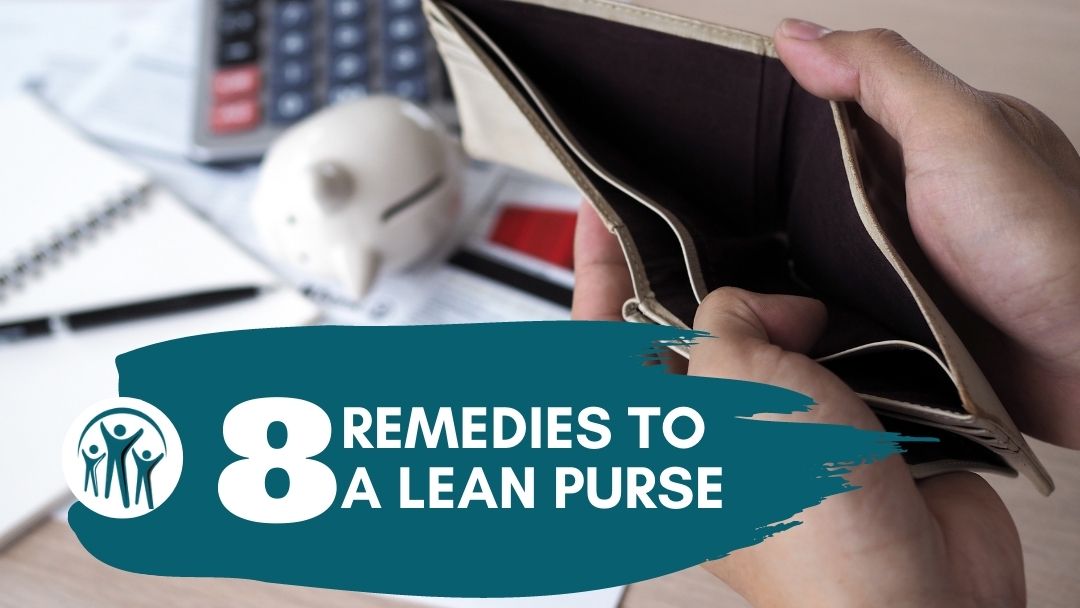It turns out that most young people aren’t ready to be in charge of their own money. Only 12 percent scored at the highest level of financial literacy, and 22 percent “score below the baseline level of proficiency,” according to the Organization for Economic Cooperation & Development, which runs the Program for International Student Assessment, better known as PISA. The study results were released May 24. Students at the lowest level of financial literacy “cannot even recognize the value of a simple budget or understand the relationship between how much a vehicle is used and the costs incurred,” Angel Gurria, the secretary-general of the OECD, wrote in the preface of the report.
Teenagers in the U.S. finished just above the middle of the pack. But international comparisons are difficult because in some countries only a relatively well-educated segment of the population took the test. In China, whose students scored highest, the test was administered in Beijing, Shanghai, Jiangsu, and Guangdong. Second was the Flemish Community of Belgium, followed by the participating Canadian provinces (British Columbia, Manitoba, New Brunswick, Newfoundland and Labrador, Nova Scotia, Ontario, and Prince Edward Island), Russia, the Netherlands, and Australia. Parents didn’t need Gurria to tell them that 15-year-olds are clueless about financial matters.
One interesting finding is that about 38 percent of the performance on the financial literacy test cannot be explained by a student’s ability in math and reading. Which means your young one can do just fine in algebra and geometry and still mess up personal decisions involving, say, how to use a prepaid debit card. Another finding was that 56 percent of students have a bank account but two out of three don’t have the skills to manage it and can’t interpret a bank statement. The answer to the tomato question, of course, is that the price per kilogram is lower for the box than for loose tomatoes. But that assumes you really need 10 kilograms—22 pounds—of tomatoes. A follow-up question does ask why “buying a box of tomatoes may be a bad financial decision for some people.” Students got full credit for saying the tomatoes might rot before you used them all, but no credit if they wrote, “Some people don’t like tomatoes.” Here’s a link to more questions, in case you want to find out if you’re smarter than a 15-year-old. https://www.bloomberg.com/news/articles/2017-05-25/teenagers-everywhere-don-t-understand-money






